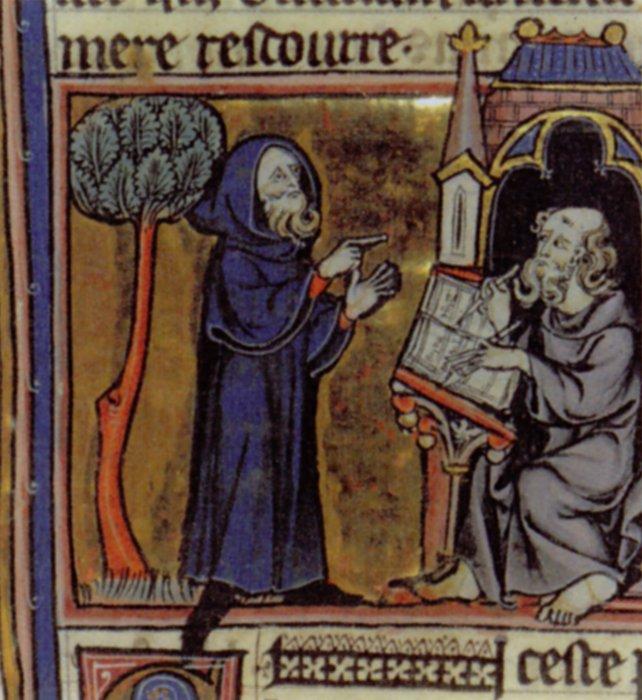Powerful words: How and why men and women used writing in medieval Western Europe (c. 1050 –c.1250)

This Special Subject explores how, and why, written words were used in Western Europe in the high Middle Ages. It engages with societies where only a small minority of people were formally literate. In the 11th as in the 13th century most people could not read, and even less write; the bulk of what was copied still was in Latin. Biblical, liturgical and theological texts remained at the core of that Latinate textual culture.
However, things changed during the ‘long 12th century’. Written words became increasingly used not just by the (growing) literate minority but also by much of the rest of society. Their formats and purposes diversified. Changes were quantitative and qualitative: the number of books and documents such as charters increased sharply, and a much wider array of texts was composed and read across Europe, legal volumes, scholastic treatises, scientific texts, but also poems, political satire, manuals for everything from receiving confession to writing beautiful letters. It was also the seminal moment when most vernacular languages emerged or established themselves as literate languages: vernacular poetry, romance, administrative work, and spiritual literature started to be written and disseminated.
Classes cover all dimensions of writing: the cost and multiple skills that went into turning animal skin into written artefacts, the education that enabled authors and scribes to write their texts – most of them still in Latin – and the increasingly diverse forms and genres of written texts, from documentary artefacts such as charters and rolls, to religious, legal and literary genres. Across Michaelmas and Lent we explore what drove the creation of those texts and the objects that contain them, who their audiences were, and what they tell us about literacy and its evolution.
The scholarship about medieval literacy and texts has been deeply transformed over the last few decades. Exciting work has changed our understanding of the materiality of manuscript and document production. Each class reflects this by featuring the analysis of digitized documents. Alongside printed translated sources, these digitised ‘raw’ sources allow us to get close to the choices made by scribes as they organized words on parchment. Even closer to the sources, two of the classes are visits to Cambridge libraries to look at and handle physical manuscripts, which is always a striking experience (in 2023-24 we have gone to the Parker Library in Corpus and the Wren Library in Trinity).
The default image of a medieval scribe is male, but we now know a lot about female literacy and authorship, beyond the few extremely famous examples like Hildegard of Bingen. There is one class specifically devoted to the question of women and literacy during the period. However, women, and questions of gender, are present in most classes, for instance when charters or the patronage of vernacular texts are discussed.
The articulation of orality, aurality and literacy has also been a lively field of enquiry, ever since Brian Stock proposed the concept of ‘textual communities’ to redefine the boundaries between literacy and illiteracy in the medieval West. The question of how, and by whom (formally literate or not) written artefacts were used is at the core of the paper.
Image: Merlin. Possibly from the Montbaston studio in Paris, mid-14th c.
This material is intended for current students but will be interesting to prospective students. It is indicative only.
